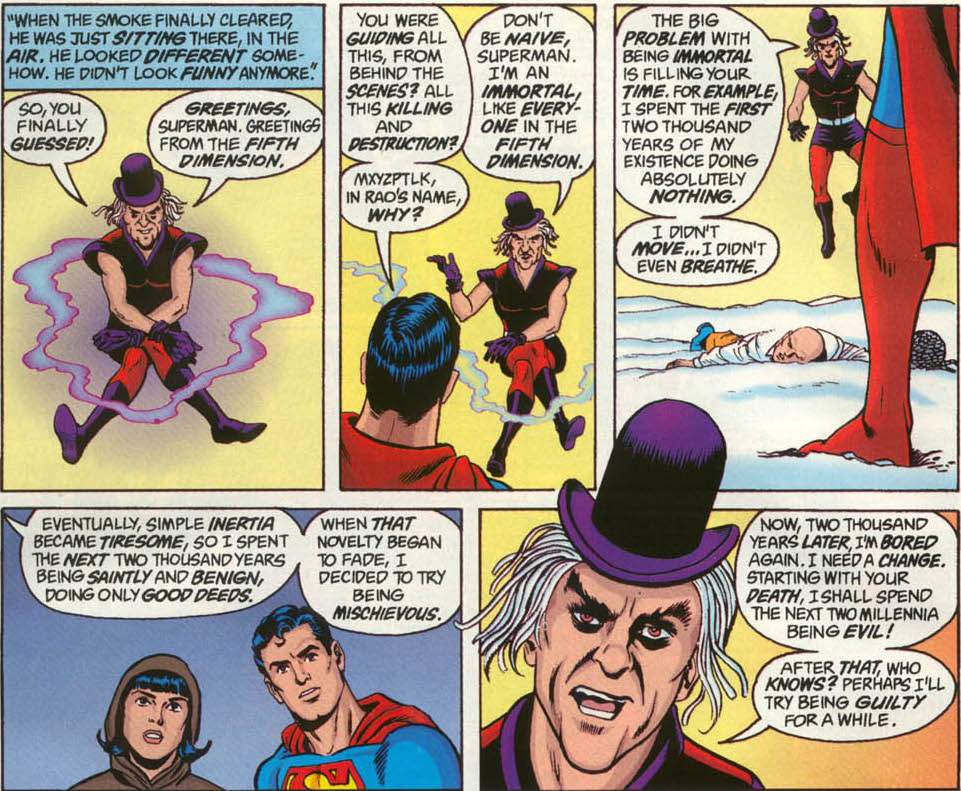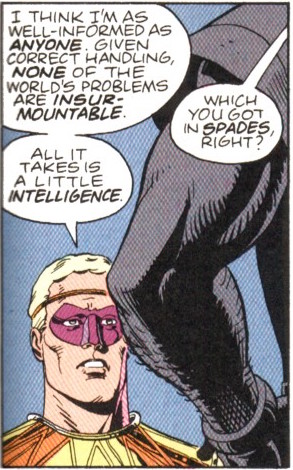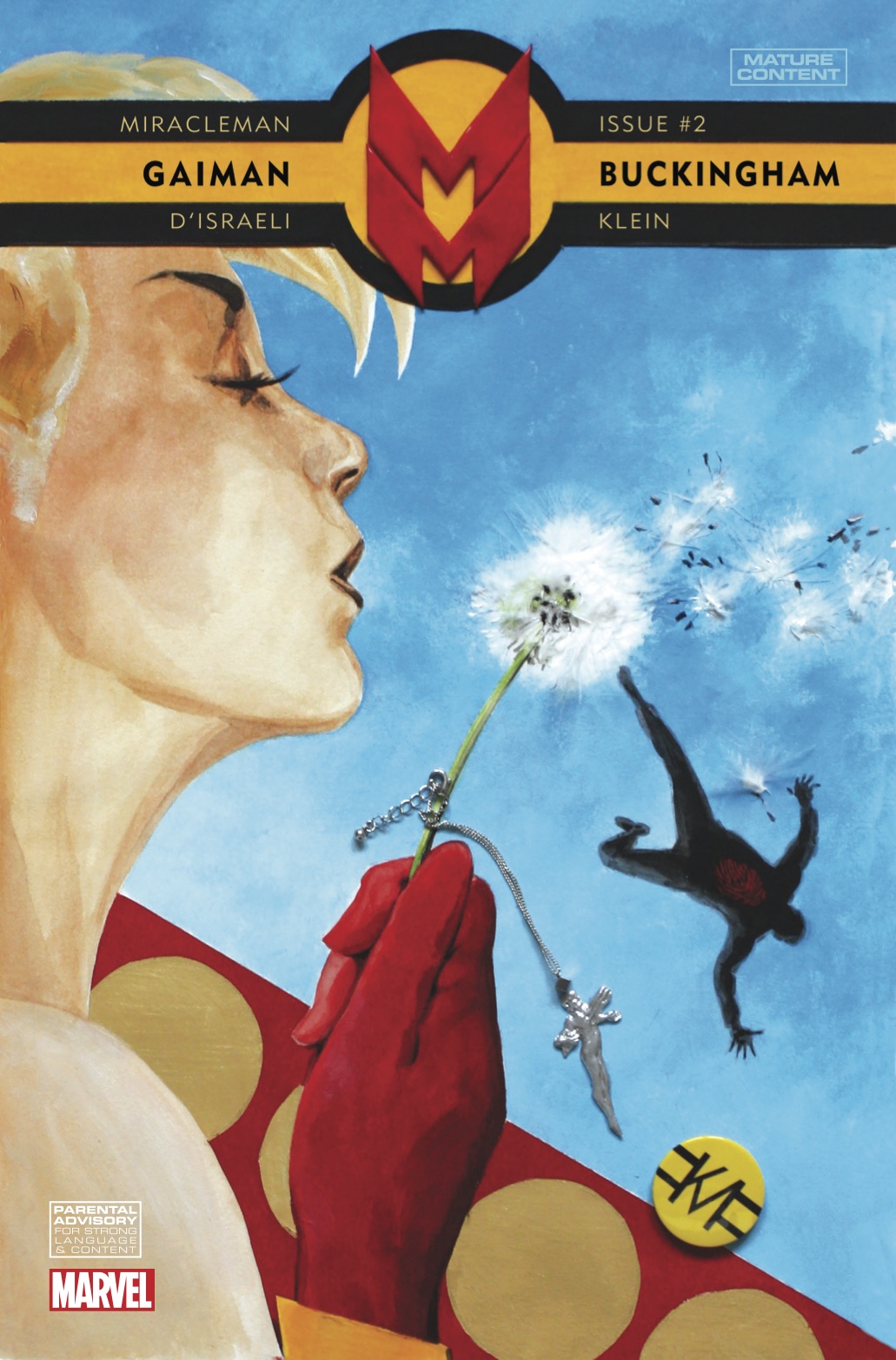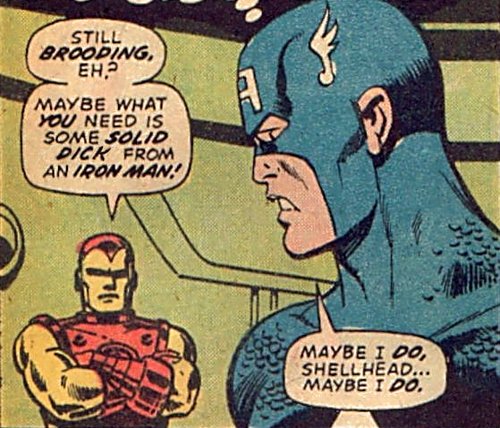Interview with Pulpozaur
 The lovely folks at Pulpozaur asked me to do an interview with them, which went up today, and is particularly cool to my mind in that the site is a Polish site, and so the interview has been translated, which I believe marks the first time I’ve been translated. I always love seeing which bits of interviews people pull title quotes from – this one’s “Elusive in the same ways as the secret truths of the universe,” which I have to admit, sounds like the sort of quote I’d pull to title something. Here’s the bit of the interview that’s from:
The lovely folks at Pulpozaur asked me to do an interview with them, which went up today, and is particularly cool to my mind in that the site is a Polish site, and so the interview has been translated, which I believe marks the first time I’ve been translated. I always love seeing which bits of interviews people pull title quotes from – this one’s “Elusive in the same ways as the secret truths of the universe,” which I have to admit, sounds like the sort of quote I’d pull to title something. Here’s the bit of the interview that’s from:
I think criticism really has to show you things that weren’t necessarily obvious. And for all that these approaches fall short in terms of strict empiricism, I think they retain a lot of attraction. I’m not sure Freud did a great job of understanding many actual people, but man, he understands Hamlet well. And for all the failings of Marxist governments – and obviously a Polish readership is going to have a more acute understanding of that than I do – I think he captures what it feels like to be a relatively poor worker under capitalism like nobody else. So they’re good for finding new ways of looking at things, especially art, which isn’t bounded by empiricism anyway.
So I’m drawn to occultism, as an interpretive method, for many of the same reasons. There’s something about the idea that there’s some sort of lost, hidden order to things that’s just immediately compelling. Even if it’s just the human instinct for pattern recognition firing blindly at the random noise of an ultimately meaningless universe, which I don’t rule out, the sense of some almost present truth that slips out of reach whenever you grasp at it is fundamentally compelling. And so it’s a useful way to get at stories; especially because art tends to be elusive in exactly the same way as the secret truths of the universe.
The full interview is available here, although I imagine most of you will prefer the English-language version, available here.…



 Okay, so the Iron Man thing seemed to go down well. Thanks to everyone who read, commented, retweeted, etc. I get the sense that my audience has just more than quadrupled in size, which is nice.
Okay, so the Iron Man thing seemed to go down well. Thanks to everyone who read, commented, retweeted, etc. I get the sense that my audience has just more than quadrupled in size, which is nice.
 But once Terminus is de-mythologized, when Nyssa figures out what’s really going on, proper alchemy can be exercised. Nyssa can use her knowledge of alchemy to synthesize Hyrdomel, which keeps the labor force both alive and enslaved until they themselves can control the means of production. It’s an interesting word, “Hydromel.” It’s simply a combination of water (hyrdo) and honey (mel), the “bittersweet taste of life” as one of the Vanir puts it. Honey has its own esoteric connotations, as beehives were long ago likened to the process of death and rebirth, not unlike dung beetles in Egypt. Of greater interest to me, in context with Season Twenty, is that the socket in the Vanir armor where this elixir is placed happens to be adorned with a snake—harkening back to Snakedance.
But once Terminus is de-mythologized, when Nyssa figures out what’s really going on, proper alchemy can be exercised. Nyssa can use her knowledge of alchemy to synthesize Hyrdomel, which keeps the labor force both alive and enslaved until they themselves can control the means of production. It’s an interesting word, “Hydromel.” It’s simply a combination of water (hyrdo) and honey (mel), the “bittersweet taste of life” as one of the Vanir puts it. Honey has its own esoteric connotations, as beehives were long ago likened to the process of death and rebirth, not unlike dung beetles in Egypt. Of greater interest to me, in context with Season Twenty, is that the socket in the Vanir armor where this elixir is placed happens to be adorned with a snake—harkening back to Snakedance. Some quick site announcements, by which I really just mean “yes, we know there are still some things that are a bit wonky and we have our entire IT team on it, but our entire IT team is better known as ‘Anna,’ so it goes at the speed it goes.” Working on the remaining layout and formatting problems now – those on smaller screen resolutions should be having a much better experience than they were yesterday, and we’ll have it even more improved later tonight. Then we’ve got some backend stuff that nobody but me is going to notice like making it so I get comments sent to me via e-mail, and sometime next week or so we’ll start working on redesigning the comment system.
Some quick site announcements, by which I really just mean “yes, we know there are still some things that are a bit wonky and we have our entire IT team on it, but our entire IT team is better known as ‘Anna,’ so it goes at the speed it goes.” Working on the remaining layout and formatting problems now – those on smaller screen resolutions should be having a much better experience than they were yesterday, and we’ll have it even more improved later tonight. Then we’ve got some backend stuff that nobody but me is going to notice like making it so I get comments sent to me via e-mail, and sometime next week or so we’ll start working on redesigning the comment system.
 What is it about anniversaries? We made another circle around the sun, that’s all. Well, not a circle. An ellipse. There are no perfect circles in the universe. There is no perfection in the Universe, let alone in Doctor Who’s twentieth season, back in 1983.
What is it about anniversaries? We made another circle around the sun, that’s all. Well, not a circle. An ellipse. There are no perfect circles in the universe. There is no perfection in the Universe, let alone in Doctor Who’s twentieth season, back in 1983. People of the universe, please attend carefully. The message that follows is vital to the future of you all.
People of the universe, please attend carefully. The message that follows is vital to the future of you all.